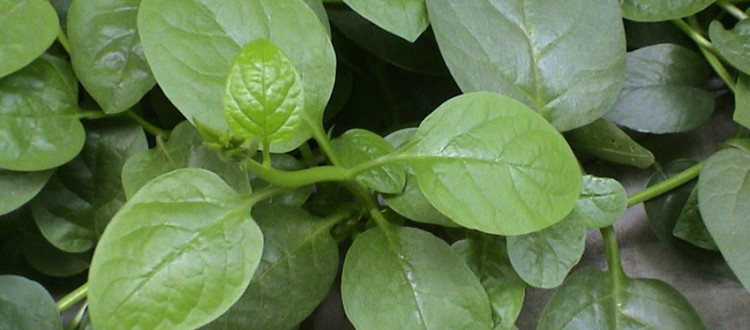Spinach
Spinach (Spinacia oleracea) is a versatile leafy green that shines when served fresh or cooked. It can play a starring role in main dishes and salads, adding beautiful color and depth, or take center stage as the main ingredient. High in iron and other nutrients, spinach is rich in antioxidants, vitamins A, C, E, and K, magnesium, folate, iron, vitamin B2, calcium, potassium, vitamin B6, folic acid, protein, and omega-3 fatty acids and fiber.
How to Plant
Although spinach grows in wide range of soil types, it is sensitive to acidity and the pH of the soil should be at least 6.0 or higher up to 7.5. Spinach requires a moist fertile soil with some drainage for good results. Before planting, incorporate high nitrogen amendments such as composted manure, fish meal or a high nitrogen balanced granular organic fertilizer into the soil as you prepare the bed.
Spinach can be planted in early spring as soon as the soil can be worked. Continuous planting is possible throughout the summer months in many areas of coastal California, keeping in mind that the seeds will not germinate properly in soil over 85 degrees. Although most commercially grown spinach is direct sown, plants may be transplanted from packs, providing that you take care not to disturb the roots too much. We direct seed into the packs in a cluster of about 15-20 seeds. When transplanting, each cell can be divided into 2-3 clumps and planted. Once the seedlings are established, they can be thinned to about 2 inches apart. If you prefer the baby leaves, divide once and plant closer together and cut the leaves as desired.Watch Full Movie Online Streaming Online and Download
Pests
After planting, keep the soil lightly moist just below the surface, and keep water off of the leaves to discourage mildew or fungus. Always water plants in the morning, as needed, according to your soil type and the season. Downy mildew, mosaic virus fungal leaf spot, can be discouraged with good watering practices and preparing a well drained planting area. Aphids, cabbage loopers, and wireworms are a few of the pests that can attack the roots and crown of the spinach. Use Safer soap for the aphids and BT for the worms are your least toxic controls. Gnatrol is a form of BT used to treat worms in the soil.
Harvest
You can pick the leaves individually, or you can cut the mature plant an inch or two above the crown and still expect a few more cutting off that same plant. When the tips of the leaves start to get elongated and pointed, it is the sign that the plant is preparing to bolt. Once this happens, pull the entire plant for consumption to retain its flavor and texture.
Recommendations for Use
Pick young leaves for salads — wash leaves thoroughly if consuming raw.
Further Reading: Must Grow for Fall – Spinach!

